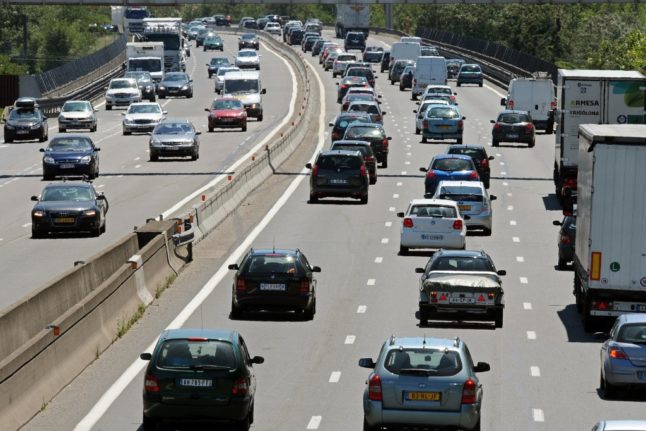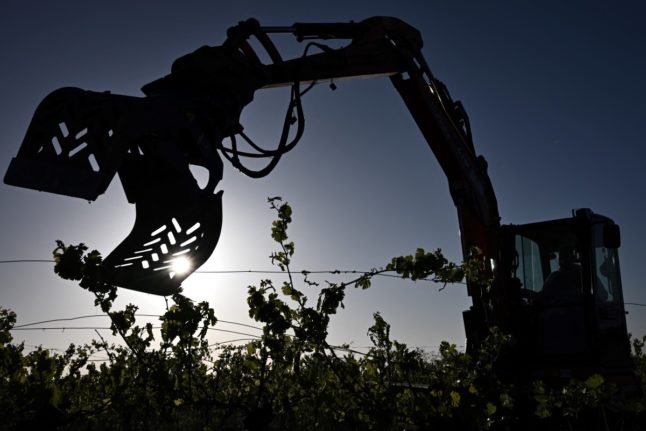The trial, on a 2km stretch of a major route in the Haut-Rhin département, follows similar lines to experiments in Germany and Sweden, in which lorries use overhead powerlines, similar to those used by trams or electric trains, to generate power while moving.
Researchers believe lorries could use overhead lines while on connected routes, then transfer automatically to their own battery or internal combustion engine for the rest of the journey.
"L'autoroute électrique" pour camions pourrait bientôt arriver en Francehttps://t.co/wfX0xUyfd0 pic.twitter.com/njoF3fNgR0
— BFMTV (@BFMTV) April 27, 2023
According to experts taking part in trials, the benefits are clear. “If we electrify only three percent of the road network most used by trucks, we decarbonise it by 60 percent. There is no need to electrify the entire network,” Gilles Baustert, Scania France’s marketing, communication and public affairs director, told business daily Les Echos.
But it would be expensive. Les Echos reported that estimates suggest the cost of electrifying the 9,000 kilometres or so of France’s toll roads would be in the region of €35 billion.
Among the alternatives up for consideration is the delivery of an electrical current by rail in the ground, such as the system used by Alstom for its tramways in Bordeaux, Angers or Tours.
Subsidiaries of Vinci (the private company which runs several French autoroutes) in Cologne, Germany, have also conducted experiments with “contactless” induction systems, where a receiver coil under vehicle communicates with a loop integrated into the road.
Ten kilometres of the A5 south of Frankfurt has already been electrified – 5km in each direction. An additional 7km is currently being installed for the second phase of the trial.
The A5 scheme is one of three trials conducted in Germany by the same team. A 5km test track has opened near Lübeck in Schleswig-Holstein (A1), and a 4km section of the B462 in Baden-Württemberg.
Overhead cables power adapted HGVs – there are currently 22 in the German trial – while they connect to the power supply using liftable pantographs. The connecting devices can be lowered manually or automatically from the cab if the driver needs to change lane, or drive along a section of road that is unconnected. They also charge their batteries so that they can keep going when they leave it.
A feasibility study into installing a similar system in the UK has been carried out, with plans for a trial on the M180, in the Humber region, under discussion.



 Please whitelist us to continue reading.
Please whitelist us to continue reading.
Member comments